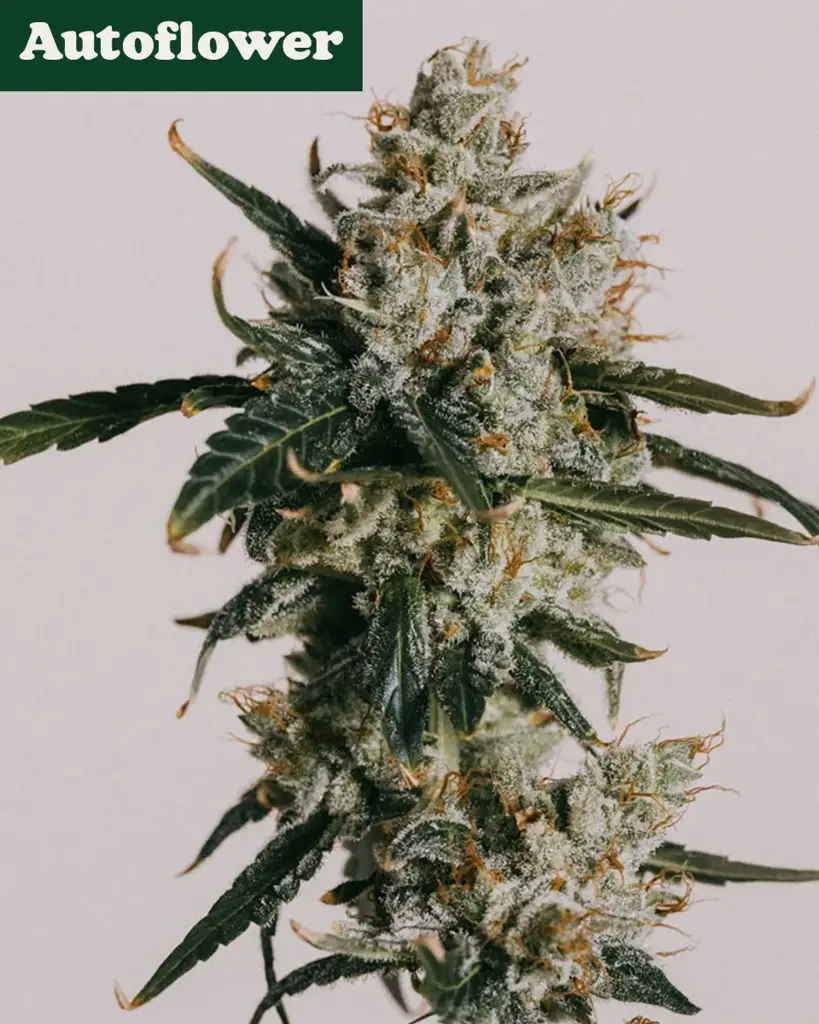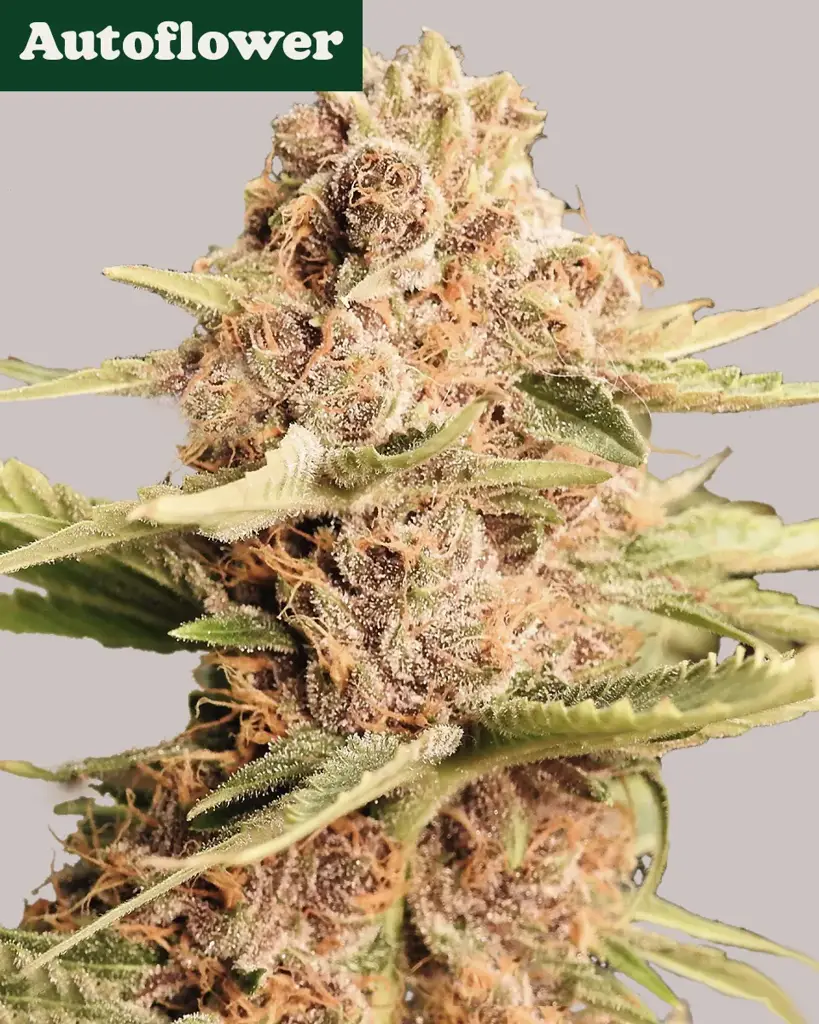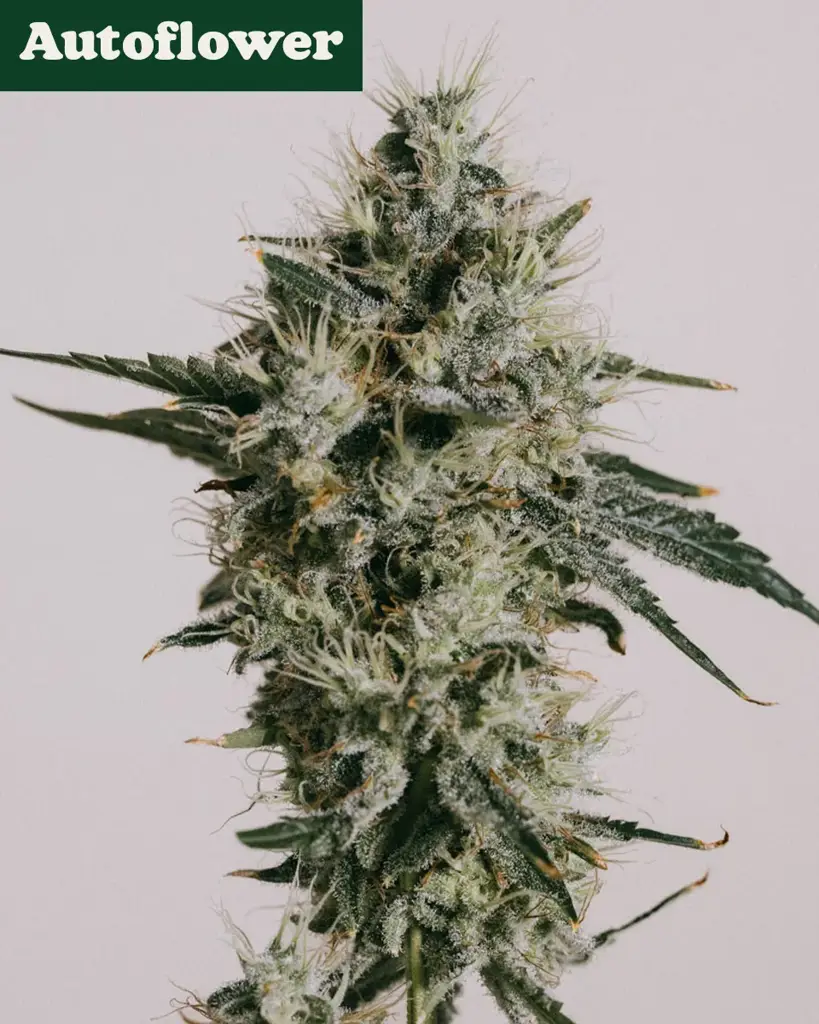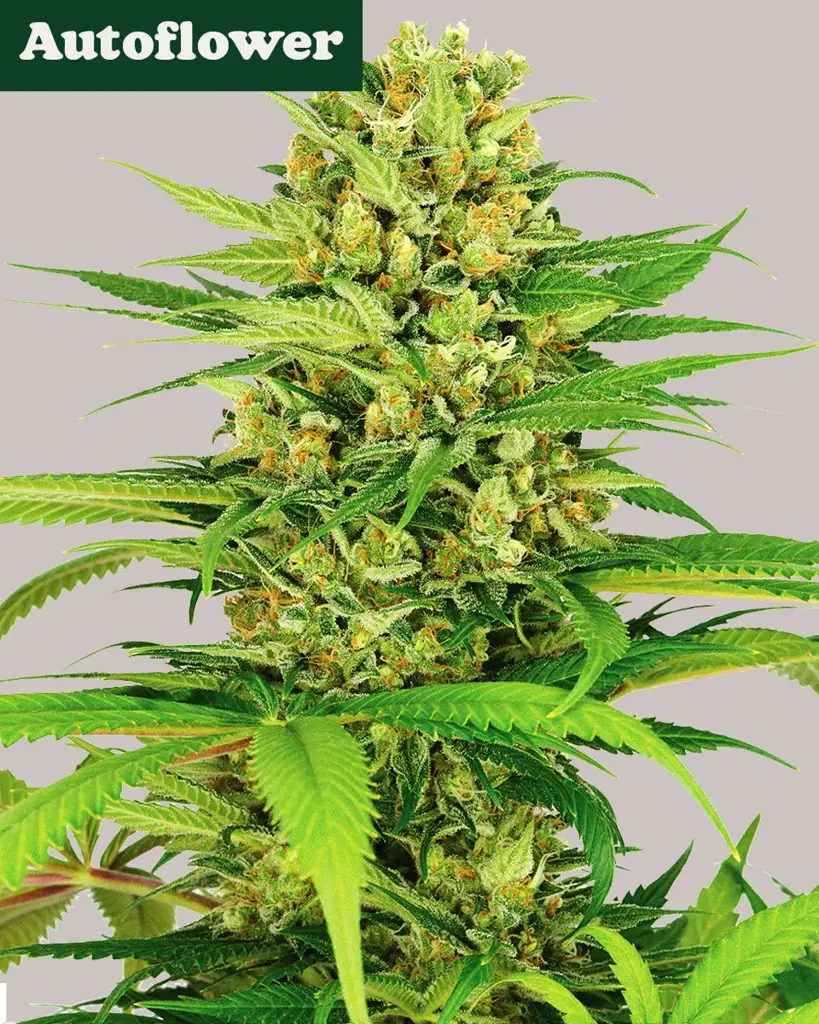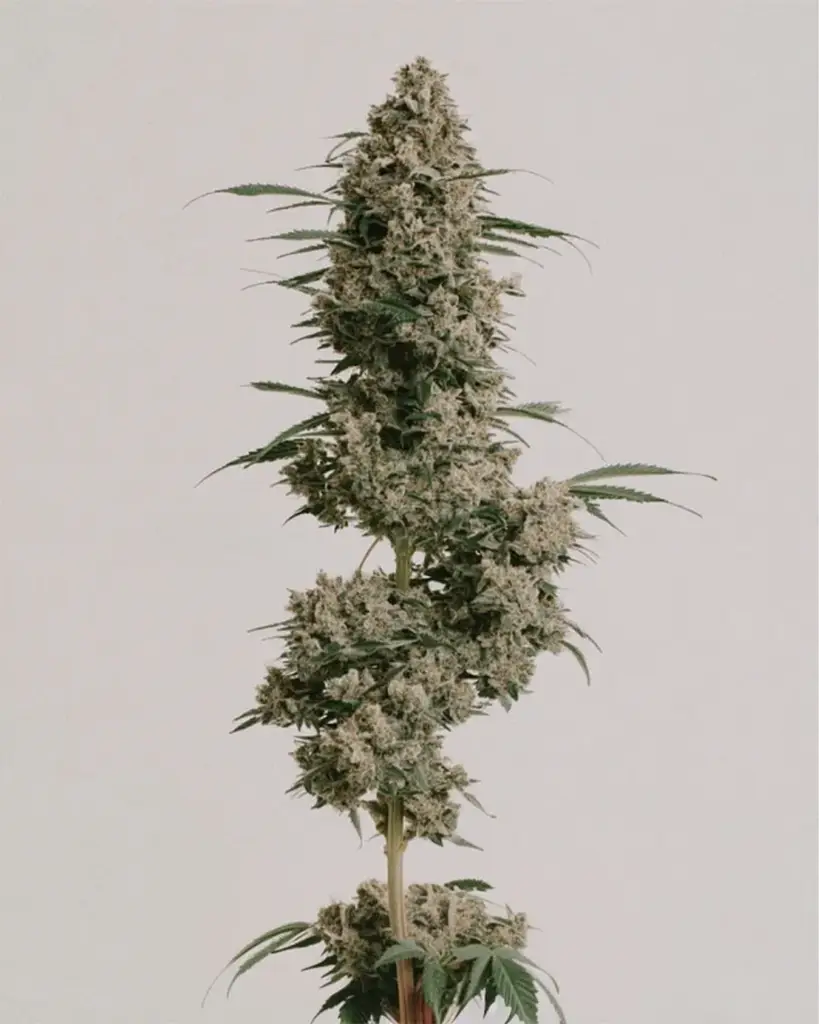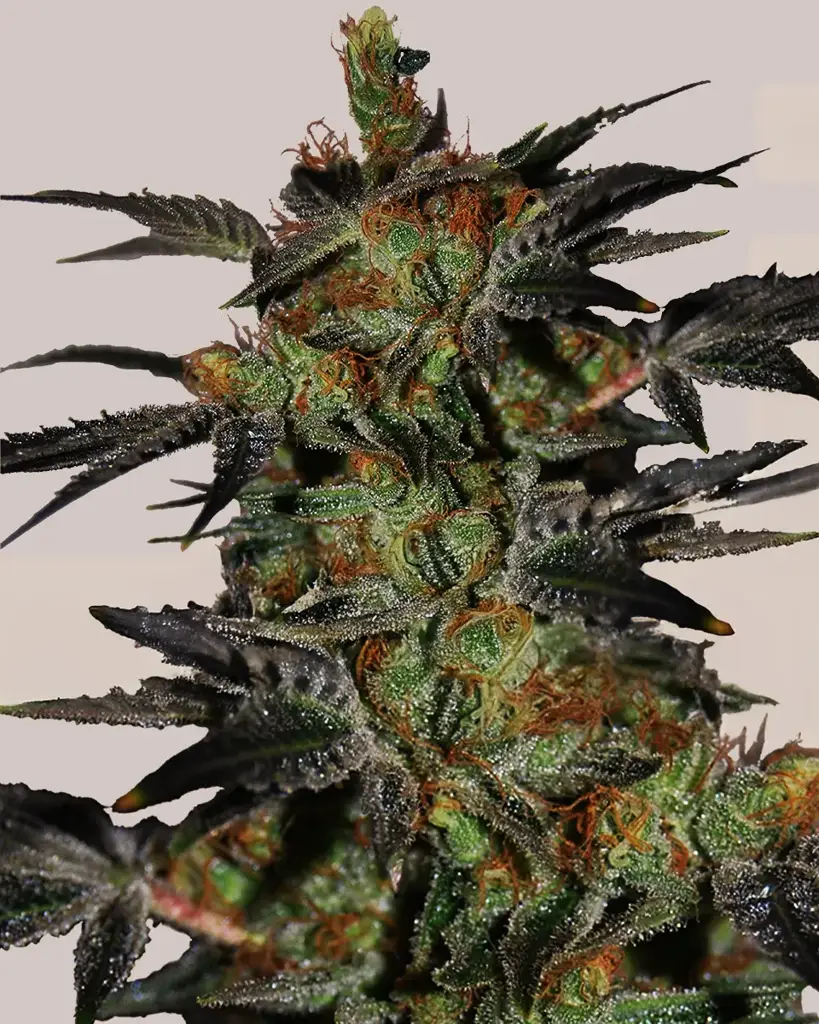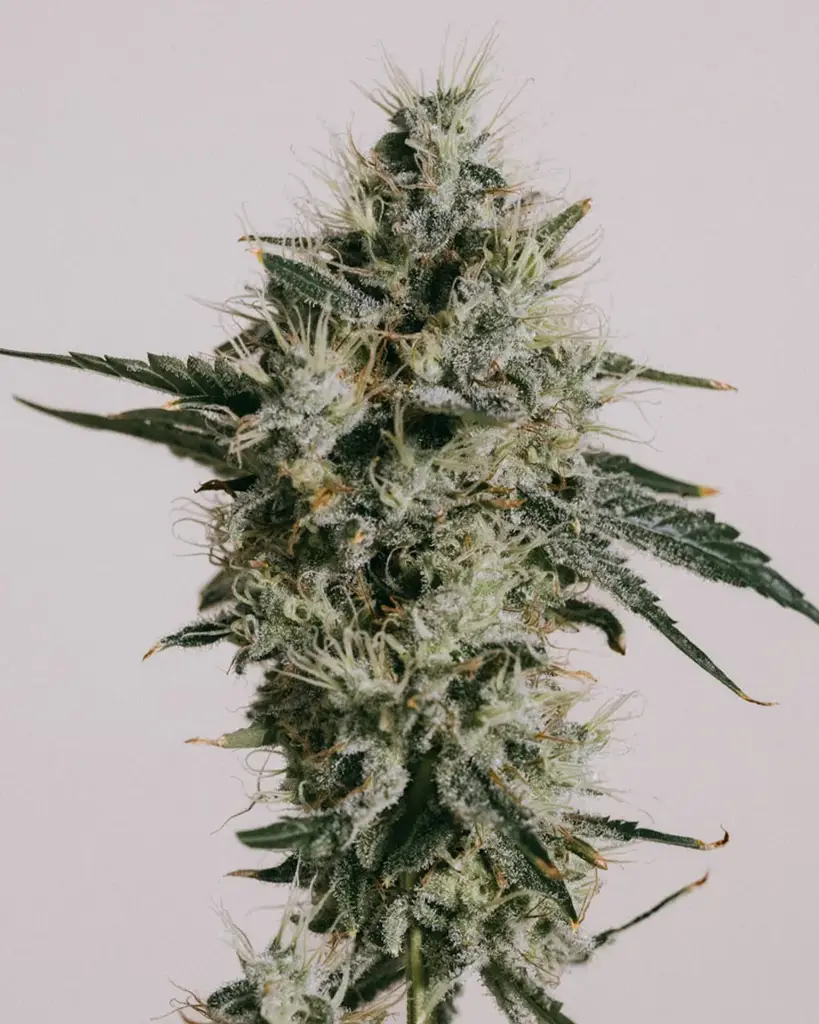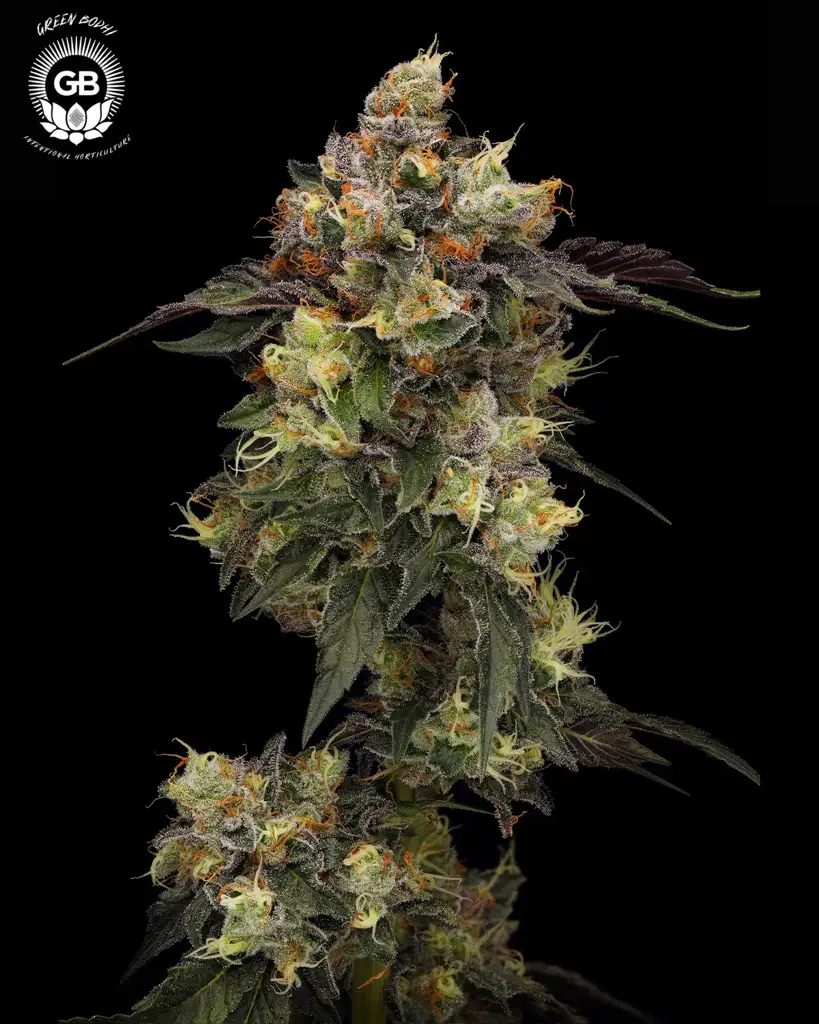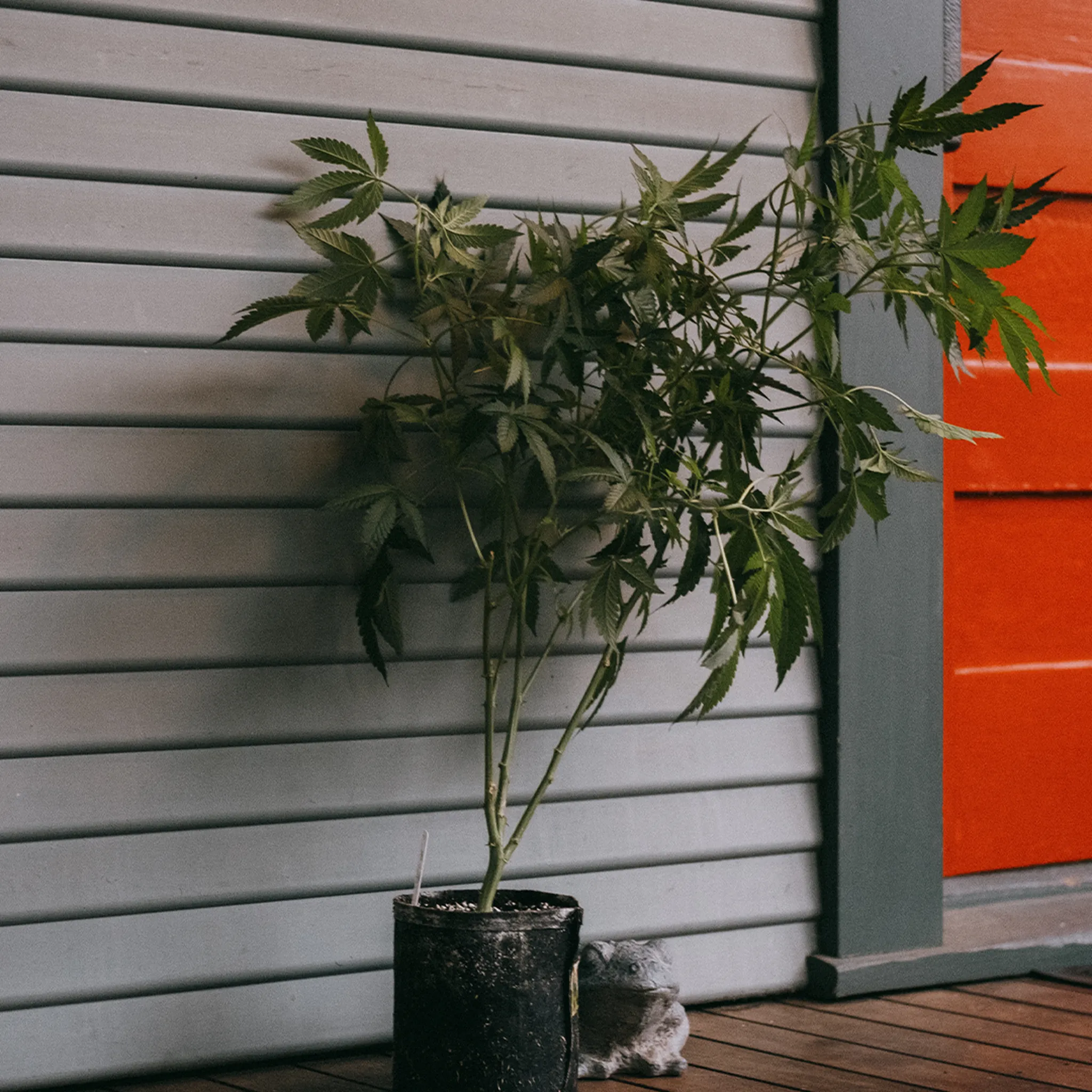
How to Veg Your Cannabis Like a Pro
Congratz! Your cannabis seeds have sprouted, and you are ready for the next (big) stage! The vegetative stage is the growth phase when your cannabis plants bulk up, establish roots, and gear up for the flowering stage.
Table of contents
- What is the Vegetative Stage of Cannabis?
- What’s the Timeline of the Vegetative Stage?
- How Long Should I Veg Cannabis Plants Indoors?
- The Vegetative Stage Outdoors
- How to Identify Male and Female Cannabis Plants
- Light Distance and Schedules During the Vegetative Stage Indoors
- The Best Nutrients for the Vegetative Stage of Cannabis
- Vegetative Stage Week By Week
- When to Flip to Flower
- Final Thoughts
Think of the veg stage as a solid foundation—you want those roots, stems, and foilage to be as strong and well-established as possible. That way, your plants can support a heavy yield of big, chunky, frosty buds dripping with resin!
In this guide, we’ll cover the essentials for mastering the vegetative stage, from timelines to training, covering environmental settings, and everything else in between to help you grow healthy, happy cannabis plants with ease.
Too Long, Didn't Read
Vegetative Stage Duration: 3 to 16 weeks, depending on genetics and conditions.
Light Cycle for Indoors: Stick to an 18/6 cycle for strong growth.
Key Nutrients: Nitrogen (N), Potassium (K), Magnesium (Mg), and keep an eye out for deficiencies.
Training Methods: Use fimming, supercropping, and SCROG for better growth.
Repotting: Essential for root health and overall plant growth.
What is the Vegetative Stage of Cannabis?
Cannabis plants are photoperiodic species, meaning they respond to different periods of light and darkness. When a cannabis plant receives 18 hours of light and 6 hours of darkness, it will remain suspended in what is known as the vegetative stage.
During this time, a cannabis seedling grows into a strong, robust, healthy green plant focused on developing roots, stems, and foliage and will prefer a warm and wetter environment.
Our Bestsellers
What’s the Timeline of the Vegetative Stage?
The vegetative stage will start once your cannabis seedlings receive 18 hours of light and 6 hours of darkness. Typically, an indoor grower can veg their seeds until they are big and bushy enough, lasting between 4 and 10 weeks. The biggest-sized plants require the most time, nutrients, and potential training.
Outdoor-grown cannabis plants will respond to the seasons, so get planting your cannabis seeds in the ground in time for spring to give your crops enough time in the vegetative stage to grow big and healthy.
How Long Should I Veg Cannabis Plants Indoors?
If your grow space is tight, you can keep the vegetative stage short—around 3 to 6 weeks. This will produce plants that are 12 to 16 inches (30-40 cm) tall.
However, if you have the room and want your weed plants to grow extra big and bushy, you can extend that period to 6-10 weeks, allowing plants to grow 24 inches (60 cm) and above.
One key thing to keep in mind is that your plants will double or even triple in size during the flowering stage. Always provide plenty of space around the pots before flowering to avoid overcrowding and consider how much space and height your plants can comfortably grow to.
First Grow?
The Vegetative Stage Outdoors
Growing cannabis outdoors is a little different because your plants follow the natural, seasonal light cycle. The vegetative stage lasts until late summer, when the days start to get shorter. For most regions, this means your plants will veg for 8 to 16 weeks.
Timing is everything when planting outdoors. In colder regions, wait until mid-spring to plant your cannabis outside so it doesn’t get hit by frost. In warmer climates, like California, you can plant as early as late winter or early spring. And for those of you looking to keep things stealthy, planting later in the season can help manage the size of your plants.
If you’re growing autoflowers, they do their own thing and transition to flower after 3 to 4 weeks of veg, regardless of the light cycle.
We recommend planting autos outdoors from April until August for the best results and perpetual harvests of high-grade nugs.
The Vegetative Stage: Getting your plants ready for the marathon ahead
During the vegetative stage, your plant focuses on three main things: roots, shoots, and leaves. All of these are critical for a successful flowering period and big buds.
Roots: Healthy roots absorb nutrients and water, and they provide the stability your plant needs. A strong root system helps your plant resist environmental stress like wind or pests.
Shoots: Stems and branches provide the structure for your plant to support multiple bud sites. The stronger the stems, the more weight your plant can hold when it starts to flower.
Leaves: Leaves are your plant’s energy factories—they take in light and turn it into food. More leaves = more energy for growing big, healthy buds later on.
How to Identify Male and Female Cannabis Plants
Identifying the sex of your cannabis plants is critical—especially if you’re growing regular (non-feminized) seeds. Male plants can pollinate your females, resulting in seeds instead of buds.
To avoid that, check your plants’ around 5 or 6 weeks into the vegetative stage. There will be small pre-flowers revealing the sex of the plant; however, it can be difficult to identify the males or females until the plants are in flower, especially for a beginner-level grower.
Feminized cannabis seeds revolutionized the way for every indoor grower on the planet, and simply means that every single plant will be “female” and produce seedless buds (Sinsemilla).
There are many advantages of using feminized seeds including eliminating the need to sex and remove plants, and the best being you can maximize your grow space with flowering ladies!
Female Plants: Look for tiny white hairs (pistils) at the base of where the side branches grow from the main stem and at the top of the side branch canopy and main flower (Cola).
Male Plants: These will form small, round pollen sacs.
Light Distance and Schedules During the Vegetative Stage Indoors
For indoor grows, the most common light schedule is 18 hours of light and 6 hours of darkness (18/6). This mimics the long summer days that cannabis thrives on. Some growers push it further with 20/4 or even 24/0 light cycles, but those can be a bit stressful for the plants and aren’t always necessary. Stick with 18/6 for a reliable balance of growth and energy efficiency, especially when you’re still developing your green thumb.
Hanging Your Lights for a Succesful Vegetative Stage of Cannabis
During the vegetative stage, LED grow lights can be positioned around 18-24 inches from the plants, allowing for broad light coverage and strong stem growth. For those using High-Pressure Sodium (HPS) lights or Metal halide (MH), which emit higher heat levels, it’s best to maintain a distance of about 24-36 inches during the vegetative stage to avoid heat stress. It is extremely important that the grow room temperature remains as close to around 75℉ (24℃) with the lights on and humidity levels are high.
The Best Nutrients for the Vegetative Stage of Cannabis
During this phase, your vegetating cannabis plants need plenty of nitrogen (N), potassium (K), phosphorus (P), magnesium (Mg), calcium (Ca), and trace elements. These nutrients support healthy roots, bushy foilage, and stem growth, which is what your plants are focused on during veg.
Start with nutrient-rich soil, and after a few weeks, supplement with fertilizers. Organic fertilizers are great for beginners as they reduce the risk of overfeeding. Liquid fertilizers are quickly absorbed and used by plants resulting in a thriving grow room.
Watering Your Weed Plants in the Vegetative Stage
A cannabis plant's roots in the vegetative stage love water, oxygen, and lots of nutrients, but you have to be careful not to overdo it. Overwatering can lead to root rot, and that’s a real buzzkill for your plants and you as a grower!
The best way to water your cannabis plants is to use the same volume of water each time and only water when the pots are lightweight and the growing medium is dry. Water the pots slowly and wait for the water to exit the bottom of the pots. (pH of 5.5-6.2 for hydroponics or 6.0-7.0 for soil) You can also insert your index finger down the sides and feel how moist the edges of the pots are.
Airflow and Spacing for Vegging Cannabis
Good airflow is key to keeping your plants healthy and preventing issues like mold or mildew. Make sure you’ve got oscillating fans circulating air throughout your grow space.
Also, give your plants enough space to grow without overcrowding—this ensures proper light penetration and airflow between them.
Training and Pruning Cannabis During Veg
The vegetative stage is the perfect time to train and prune your plants. Techniques like topping, fimming, supercropping, and SCROG help manage plant size, improve light exposure, and increase the number of bud sites. Start training early, especially with high-stress techniques like supercropping, so your plant has time to recover.
For autoflowers, avoid heavy training since their shorter lifecycle makes it harder for them to bounce back from stress.
Repotting for Healthy Roots
Repotting during the vegetative stage helps your plant develop a stronger root system. When your plant starts to outgrow its current pot, it’s time to move it to a larger one. Make sure you repot carefully and water your plant well afterward to reduce transplant shock.
An example of repotting cannabis plants during the vegetative stage would be growing a seedling inside a 2-gallon (7.5-liter) pot for the first 28 days. Once the roots have filled the pot, you would then carefully transplant it into a larger pot that is 5-gallon (20 liters) for the other 28 days before flowering. Think of it like giving your plants new shoes.
Ultimately, the bigger the pots, the bigger the root zone is, which will play a major role in the final size, structure, and yield of your cannabis plant.
Vegetative Stage Week By Week
Weeks 1-3: Cannabis Vegetative Growth

Nutrient Introduction: Begin introducing nutrients as the plant establishes roots and new foliage
Exponential Growth: Plants start doubling in size with over 12 hours of light, ideally 18 hours for indoor growth.
Environment Setup: Optimize for 60-75% humidity and temperatures between 70°F and 75°F (21-24°C).
Light and Water Requirements: Keep your grow lights at the correct distance and use a pH of 5.5-6.2 for hydroponics or 6.0-7.0 for soil.
Plant Training: Apply different methods such as low-stress techniques, topping, fimming, super cropping, and pruning to change the plant's growth structure.
Weeks 4-5: Sexual Maturity

Reaching Maturity: Plants show pre-flowers; males and females become identifiable.
Environment Adjustment: Keep humidity between 55-60% and temperature between 71°F and 75°F (22-24°C).
Transplanting Consideration: Repot as roots expand to prevent being rootbound.
Enhanced Light Cycle: Maintain an 18-hour light cycle
Advanced Training: Use Low-Stress Training (LST) and Screen of Green (ScrOG) to optimize light exposure.
Weeks 6-7: Preparing for Flowering Transition

Environment Stability: Keep temperatures at 71°F and 75°F (22-24°C) and reduce humidity to 50% for mold prevention.
Final Transplanting: Ensure the final pot size is sufficient for root expansion through flowering.
Light Adjustment: Continue the 18-hour light cycle,
Final Training Steps: Conclude LST and topping, considering a final defoliation before switching to a 12/12 light cycle.
When to Flip to Flower
When you’re ready to move your plant from the vegetative stage to flowering, switch your light schedule to 12 hours of light and 12 hours of darkness (12/12). You will want your vegetating plants to be well established and close to the 8-9th internode with large-sized fan leaves.
Timing is key here—and remember that your plant may double or triple in size during the flowering stage, so provide lots of space between each plant and anticipate them to grow tall and wide.
Final Thoughts
The vegetative stage is where all the magic happens, and you get to watch your precious little seedlings become young ladies capable of bountiful harvests. Providing your vegging plants with the right amount of light, air, heat, darkness, and nutrients is the key to success. Using feminized cannabis seeds makes life much easier as a beginner-level grower, and be careful of overwatering. Good luck becoming a master of veg and learning the ways!

Stoney Tark
Stoney Tark, a top cannabis writer & breeder, shares expert tips on growing, breeding & hash making. Author, podcaster & industry voice!


